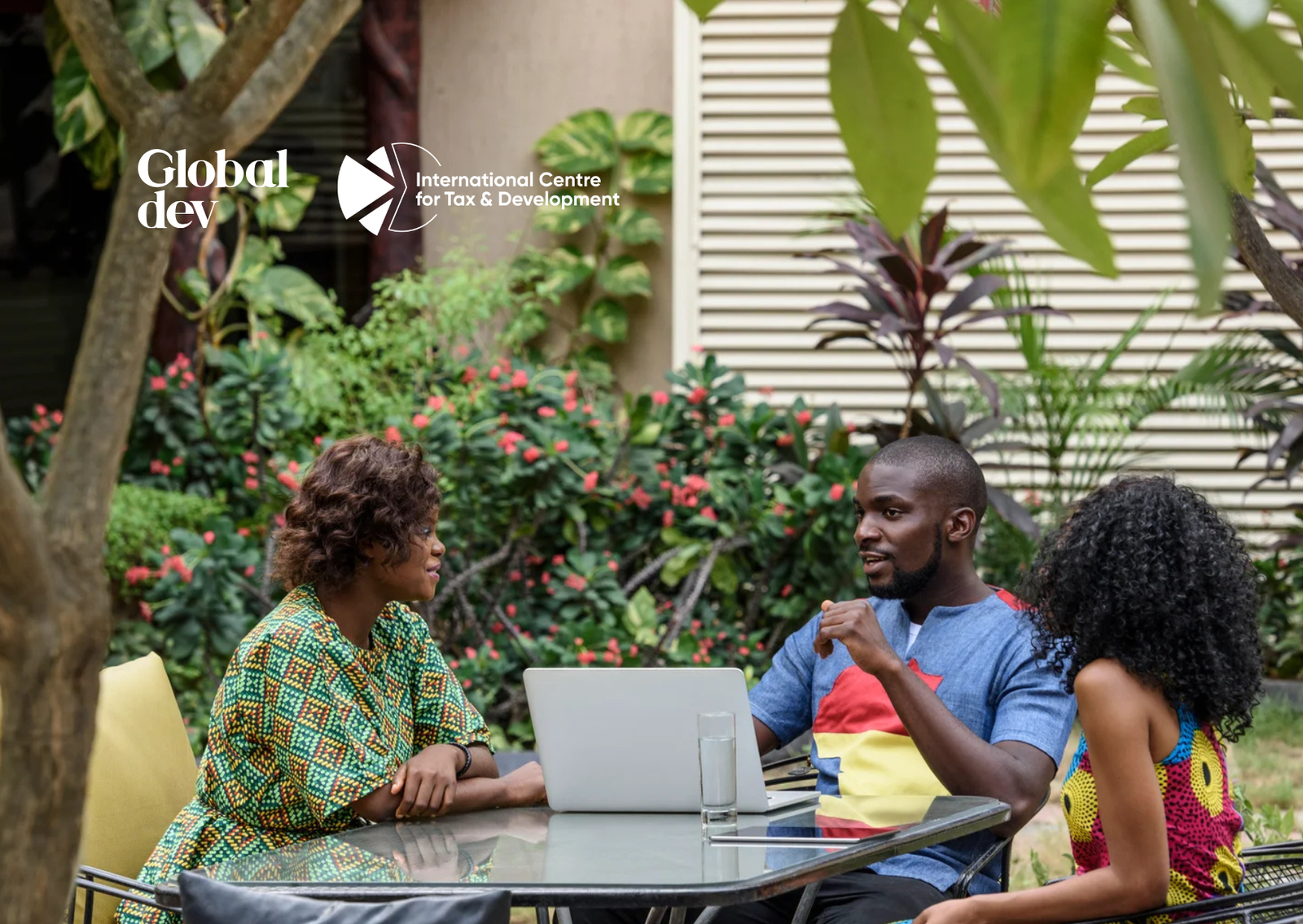This blog is part of a series organised in conjunction with the 19th global development conference.
In the vibrant landscape of Aussie casinos, the thrill of the game often takes centre stage. Yet, behind the neon lights and jackpot chimes, there’s a growing conversation about sustainable development and responsible operations. As gambling institutions gain traction down under, the integration of sustainable practices and ethical considerations in their operations becomes paramount.
It’s not just about offering world-class entertainment anymore; it’s also about how these establishments can align with broader sustainable development research and policy. Leading casinos are now collaborating with researchers to understand their environmental footprint, promote responsible gambling, and ensure community welfare. By investing in eco-friendly infrastructure, championing energy conservation, and supporting local sustainable initiatives, these casinos are redefining what it means to be both entertaining and responsible.
The nexus between Aussie casino operations and sustainable development is a testament to how industries can evolve to meet the demands of the modern world. The dice might be rolling, but so is the momentum towards a greener and more responsible future.
Policies for achieving the Sustainable Development Goals should ideally be informed by high-quality research evidence. This column—a prize-winning entry in GDN’s 2019 international youth blog competition—focuses on a big study of children’s lives in four developing countries that successfully links research with policy.
We live in a world where billions of people live in poverty and unemployment, without access to education and health, which in turn increases inequality both within and between countries. Given this context, and in order to overcome these challenges, policies oriented towards the achievement of sustainable development have become crucial.
As the Brundtland report—Our Common Future—pointed out in 1987, and as is restated by the United Nations, ‘sustainable development has been defined as development that meets the needs of the present without compromising the ability of future generations to meet their own needs.’
In order to meet these needs and to achieve sustainable development, in 2015 the United Nations created the 17 Sustainable Development Goals (SDGs) as part of the 2030 Agenda. The SDGs cover key issues related to poverty, health, education, equality, and climate. The success of the SDGs relies on each country’s plan and policies, which is why there is such urgent demand for high-quality research that can provide evidence to inform policymakers aiming to achieve the SDGs.
Over the past few years, there has been a shift in research. Currently, papers and studies are more focused on areas related to the SDGs. One report identifies an increase in research related to poverty, inequality, and climate: from 100 papers per year before 2010 to more than 500 core papers in 2018. But the authors also find that even when the SDGs are more relevant in developing countries in Africa, the Arab states, and Latin America, their participation when conducting these studies is low.
High-quality research plays a key role since it promotes debate on relevant issues, informs decision-making, and supports policy implementation, which is even more needed in developing countries that have higher poverty rates, and more economic, social and educational issues than developed countries. Policies oriented to achieving the SDGs are needed, along with more rigorous research that can support them.
One study that links sustainable development research with policy is the Young Lives study. This is an international and longitudinal study that has been following 12,000 children from India, Vietnam, Ethiopia, and Peru since 2002. The research work is not only closely related to the SDGs on such issues as poverty, inequality, education, health and nutrition, but it also tries to have an impact on public policies by generating evidence to guide decisions.
This impact has been widely recognized by academics, practitioners, and policymakers. For example, Richard Morgan of Save the Children (and former head of policy at UNICEF), has said ‘The Young Lives publication on inequalities and children was one of the top five submissions to UNICEF’s global thematic consultations on the SDGs.’ And Aurea Cadillo, former head of planning and budget at Juntos, Peru’s conditional cash transfer program, noted that the program ‘has taken on board reflections and recommendations from some of the Young Lives findings in the revision of its annual strategic plan.’
The Young Lives study has inspired and guided decisions in Ethiopia, India, and Peru. Moreover, in 2018, the study received a PODER award, which highlights the best research applied to public policy in Peru. The study was recognized for the influence it has had on understanding the causes and consequences of childhood poverty, as well as its contribution to generating evidence to support decision-making.
While I was working at the Group for the Analysis of Development, one of the organizations that implemented Young Lives in Peru, I read a study that uses the database to analyze the association between children’s socioeconomic status measured at the age of one, their opportunities to learn at school and their mathematics achievement at age of 10.
Santiago Cueto and colleagues find that socioeconomic status is significantly associated with student achievement, even after ten years. Poor children had fewer opportunities to learn in school than their non-poor peers. In addition, there was a strong association between the opportunities to learn ‘curriculum coverage’ and achievement in mathematics.
As the authors point out, these findings illustrate the inequalities in the educational system. They suggest that policies aimed at improving opportunities to learn, especially in early grades or pre-school, might raise students’ achievement. Likewise, implementing monitoring systems in schools, training teachers, and giving them feedback could help to raise students’ achievement as well as addressing the disparities.
This study is a great example of high-quality research for sustainable development given that it was closely related to the SDGs, and it also affected the research-policy nexus.
The research covers three major issues in sustainable development. It highlights the long-term effects of socioeconomic status, showing the importance of poverty eradication (SDG 1). It discusses how the quality of education, measured through opportunities to learn, could improve student achievement (SDG 4). And its results show the disparities in the Peruvian education system and socioeconomic status (SDG 10).
Regarding the nexus with policy, the results were presented to leaders, policy-makers, and practitioners. Furthermore, it provided useful insights for opinion leaders to the extent that the study was mentioned in two of the most important newspapers in Peru. In one newspaper, the relevance of teachers and how they need to be trained was highlighted, arguing that ‘this radical change is indispensable in the context of educational inequality that the government is trying to reduce’.
In the other newspaper, the director of development of educational institutions at the Ministry of Education was interviewed about this study. She stated that ‘the Ministry is very open to using this information, that is why we always try to participate in the seminars where such studies are presented’. She also pointed out that one of the Ministry’s principals was to build public policy based on evidence, highlighting ‘the luxury of having this kind of research’.
Clearly, this piece of research has provided sound knowledge for sustainable development, not only because of the results and recommendations provided by the authors, but also because of its impact on the media and in debate about educational policies.
We live in a world of constant changes where we need to set clear objectives to keep sustainable development on track, which is the objective of the 17 SDGs. Therefore, doing research on sustainable development matters.
But even when there is consensus about the importance of high-quality research, one thing to keep flagging is its connection to public policies. Thus, we need to work to find ways to communicate and connect studies with policy-makers and practitioners to influence their actions and decisions, which will ultimately bridge the gap between policy and research.
After all, we are pursuing the same goal, which is that the world, especially middle and low-income countries, develops and grows without compromising future generations—that the world achieves sustainable development.






